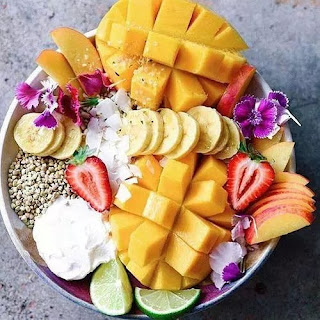Many people get hungry as a result of they lack food. Children become malnourished if they’re not given the correct quantity of food that contains the required vitamins and minerals that successively build the body and make kids healthy.
The fact is, not all foods area unit healthy. The foremost in style unhealthy food is ‘junk foods’. Even as the word suggests, junk, which suggests it’s like garbage. However many folks area unit still superior these styles of food.
People diagnosed with sure diseases usually area unit given a listing of foods to avoid. And this is often true with the case of someone having acid reflux. Acid reflux or the GERD may be a condition whereby abdomen acids return to the muscle system attributable to the improper functioning of the lower musculature musculus. If this condition isn’t treated, it’ll solely worsen which may cause serious complications.
You can effectively tell if you have got acid reflux if you expertise symptoms like bitter style, burning sensation within the chest or higher abdomen and your throat’s back, excessive belching, respiratory difficulties, tightness of throat, issue in swallowing food, and unhealthy breath.
If you often expertise these symptoms, then you almost certainly have acid reflux. Visit your doctor to get correct identification and advice, so you may apprehend the severity of your condition.
There area unit sure beverages and foods that cause acid reflux, and this includes the following:
Food that make acid reflux worse;
– chocolate
– coffee
– spearmint and peppermint
– alcoholic drinks
– fruit juices
– fatty foods and cooked foods
– onions
– citrus fruits
– spicy foods
– products that area unit tomato-based
– caffeinated drinks
A modification in your diet is that the best thanks to traumatize acid reflux. Though initially you’ll feel bereft of these foods, think about what’s going to happen if you still eat or drink these beverages and foods.
Start your modification in diet by keeping a record of your food intake. During this manner, you’ll be able to tell that of the foods or beverages causes your acid reflux. Thus on every occasion you expertise that burning sensation, note of what you’ve got really ingested. Once you have got the list accomplished, place it somewhere wherever you’ll be able to simply see it, just like the icebox.
A lifestyle modification could seem rather troublesome. Your doctor will greatly assist you in your transition. The terribly very first thing that you just ought to do is to line a goal, like for example consumption little meals, whereas avoiding those above-named foods. Slowly quit smoking and drinking. Of course, you cannot expect that medicine do that for you.
Every time you are feeling any of the symptoms, you may be instantly reminded that you are on the incorrect path. Self-discipline is incredibly abundant necessary to achieve a sure-fire life style modification.
While many persons are taking antacids, others area unit finding it higher to stay with the natural method. On the long haul, antacids don’t seem to be that smart for your body, even to your abdomen. It might be higher to begin ever-changing your life style, the earlier the higher.
Besides, a healthy life style does not solely forestall acid reflux however alternative diseases similarly. You may gain a lot of profit in ever-changing your life entirely, particularly concerning food consumption habits. Eat the correct styles of food at the correct quantity, and you will keep healthy. forestall acid reflux, change.






























